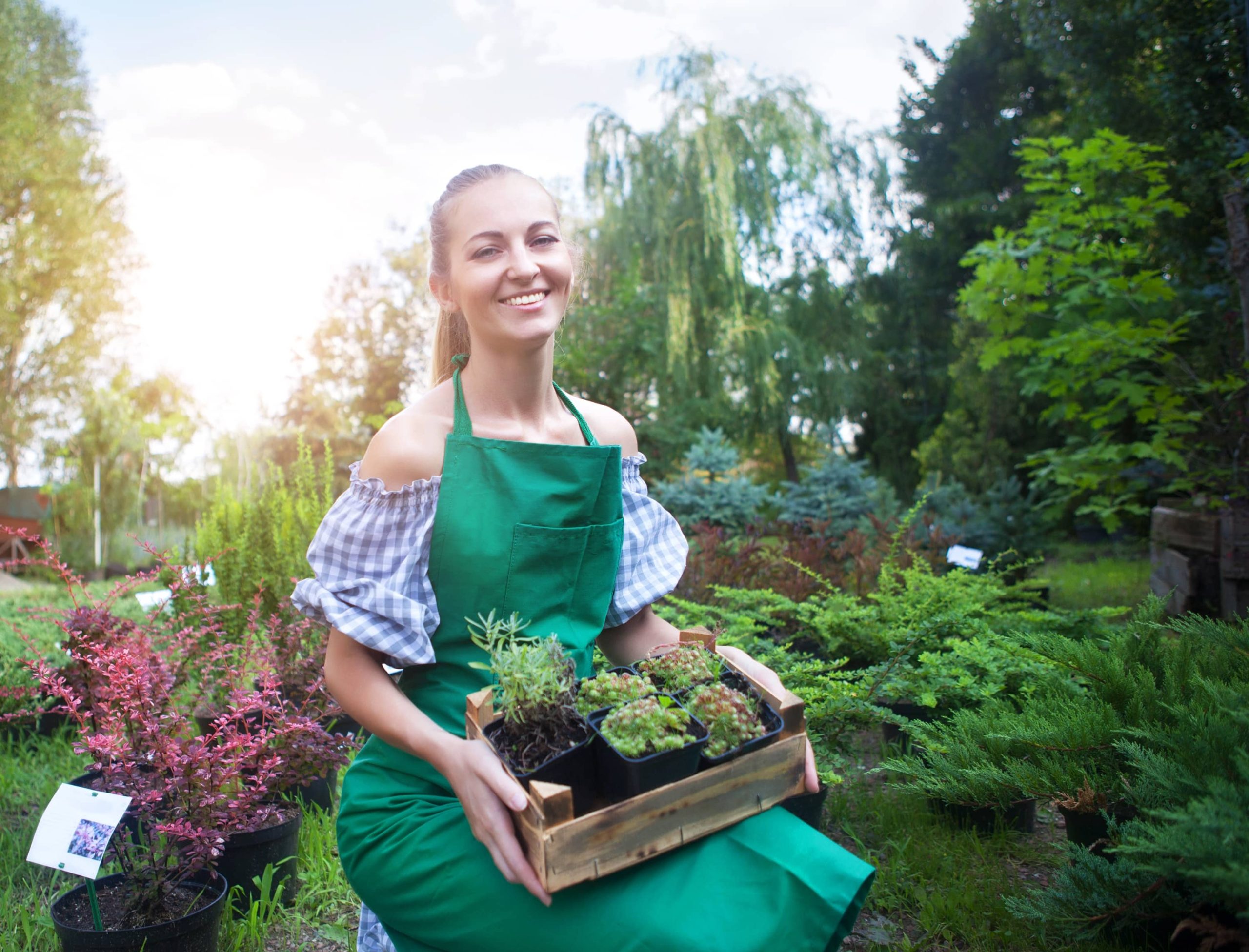
In our fast-paced world, gardens offer tranquility and a slice of nature right outside our doors. More than just an aesthetic delight, they hold the potential to serve as vital sanctuaries for wildlife. Amid the ongoing concerns about declining biodiversity, cultivating a garden that invites birds and bees can make a small but significant difference. With some thoughtful planning and planting, you can transform your outdoor space into a thriving haven that supports these essential creatures and adds life and vibrancy to your garden.
Understanding the Importance of Birds and Bees
Before diving into the practical steps, it’s essential to understand why attracting birds and bees to your garden is beneficial. Birds assist in pest control, spreading plant seeds, and bringing a melodious vitality to your mornings. Bees, on the other hand, are unsung heroes of pollination. They facilitate the reproduction of flowering plants, which not only aids in fruit and vegetable production in your garden but also supports the broader ecosystem’s health. By inviting these creatures into your space, you’re contributing to an ecological balance that supports wildlife and human life alike.
Creating an Attractive Environment for Birds
1. Diverse Plant Selection: A varied selection of native plants will provide food and shelter while supporting the natural ecosystem. Native plants have evolved alongside local wildlife, making them more beneficial and easier to maintain. Incorporate a mixture of trees, shrubs, and flowering plants to provide different layers and textures for birds.
2. Food Sources: To attract a diverse range of birds, provide a variety of food sources. Berries from shrubs like elderberry, holly, and serviceberry are a great start. Flowers that produce seeds, such as sunflowers and coneflowers, are also ideal. Consider installing bird feeders to supplement natural food, especially in winter. Use a mix of seeds to attract different species.
3. Water Features: A simple birdbath can make a significant difference by providing birds with a place to drink and bathe. Ensure the water is clean and regularly refreshed. Adding a small solar-powered fountain can create movement and attract more avian visitors.
4. Shelter and Nesting Sites: Provide shelter with dense shrubs or birdhouses. Different bird species have varying nesting requirements, so offering a range of options is key. Be mindful of local species when selecting the size and placement of birdhouses.
Welcoming Bees into Your Garden
1. Plant for Pollinators: Bees are particularly attracted to flowers that are blue, purple, or yellow. Choose a variety of flowers to ensure continual blooming from early spring to late fall. Lavender, borage, foxgloves, and asters are excellent choices that are both beautiful and bee-friendly.
2. Avoid Pesticides: Chemicals found in pesticides can be harmful to bees. Opt for organic solutions and encourage natural pest predators such as ladybugs. Companion planting can also deter pests without the need for chemicals.
3. Provide Nesting Areas: While honeybees live in hives, many bee species are solitary and nest in the ground or inside hollow plant stems. Leave patches of bare, sunny ground and install bee hotels made from bundles of reed or bamboo to offer nesting sites for these solitary bees.
4. Water and Mud: Like birds, bees require water to survive. A shallow dish with water and pebbles or marbles can serve as a bee watering station, allowing them to drink without drowning. Some bees also require mud to build their nests, so leave a small patch of moist soil for them.
Creating a Harmonious Habitat
1. Diversity is Key: A mix of plants, blooming at different times, supports both birds and bees throughout the seasons. Aim for diversity not only in plant life but also in the structure of your garden, including open spaces, dense brush, and layered plantings.
2. Patience and Observation: Nature takes time to respond to changes. Be patient and observe which plants and strategies work best. Every garden is unique, and adapting your approach based on what flourishes will yield the best results.
3. Community Efforts: Encourage neighbors to adopt wildlife-friendly practices to create larger, interconnected habitats. This can significantly amplify your efforts, creating a corridor for avian and pollinator species across the area.
Beyond the Benefits: Embracing the Experience
Transforming your garden into a haven for birds and bees offers rewards beyond ecological impact. The presence of these creatures can enhance your wellbeing, providing joy and a sense of connection to the natural world. Watching birds flit from branch to branch or bees busily taking to blossoms infuses your outdoor space with energy and life.
Creating a wildlife-friendly garden requires thought and care, but the payoff is immense. As you nurture your garden to support these essential creatures, you’ll find yourself enjoying a vibrant, dynamic ecosystem that’s as enriching for you as it is for them. No matter the size of your garden, every effort counts toward supporting biodiversity and protecting the natural world we cherish. So, grab your gardening tools and start cultivating a sanctuary that hums with life, offering a refuge to the birds and bees that are so crucial to our planet’s future.













